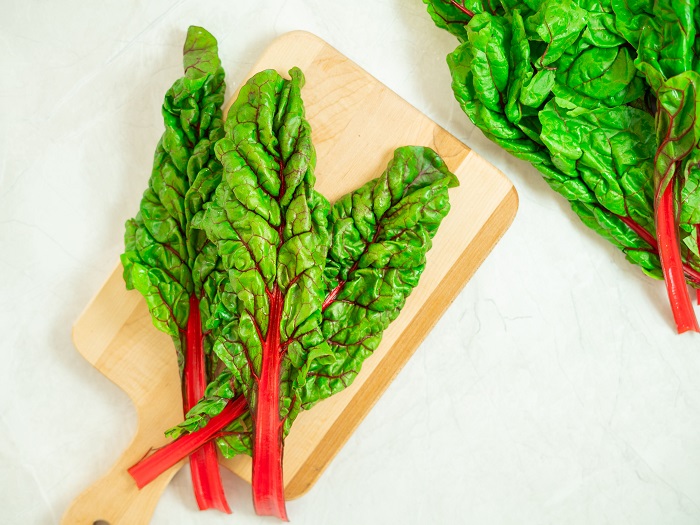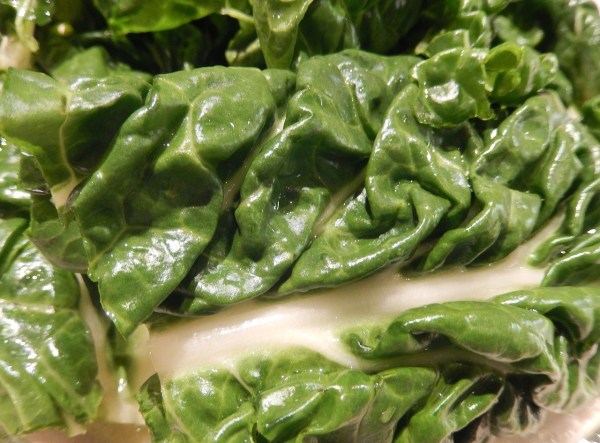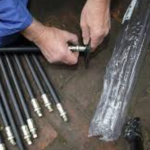Freezing Swiss chard reminds me that some time ago, I showed you how to freeze vegetables correctly to extend their shelf life so that they are always available and ready to use. But even so, there are those who have doubts about how to carry out this process correctly, especially if we talk about leafy vegetables. So today I will try to solve all your doubts about it.
How to freeze swiss chard?
Surely you have ever wondered if chard can be frozen. The answer is a resounding yes, but they cannot be frozen raw just like that. Previously we must carry out a very simple process that I am going to show you below. But first, I will tell you some of the benefits of this rich vegetable. Continue reading: How to tell if pineapple is bad?

Like almost all green leafy vegetables, swiss chard is rich in beta-carotene. This provitamin helps us to protect and maintain many healthy tissues (skin, bones, mucous membranes …), our eyesight and to have strong and healthy hair. For this reason, this vegetable is especially suitable for people with osteoporosis. Other vitamins present in chard are b1, b2, b5, b6 and b9.
Read also: How to reheat smoked turkey
Swiss chard is rich in potassium, which helps control blood pressure to keep it at the proper levels. In addition, it is rich in other minerals such as magnesium, manganese, iron, phosphorus, calcium and sodium. What we all know about chard is that they are rich in fiber, but they also provide other very beneficial nutrients such as omega-3 fatty acids.
How should we freeze chard correctly?
To freeze swiss chard and that when defrosting them they are in perfect condition, we will have to start by removing the leaves that are damaged. Then we will clean them, putting the chard in a drainer and washing them with plenty of cold water. In this way, we will be able to eliminate remains of soil, insecticides and impurities that the leaves may contain.
- We will continue cutting the leaves and separating them from the stems since we will have to freeze both parts separately. The leaves can be frozen the size you want, although my recommendation is that you leave the leaves whole). So when we consume them, we can cut them in the way we need.
- Then in a large pot, we will put plenty of water (2 liters for every 1/2 kilo of chard) and heat it by bringing it to a boil. When the water starts to boil, we will add the leaves. We must blanch them for 1 minute. When we remove them from the water, we put the stems and blanch them for about 3 minutes. This is the process known as “Blanching” of chard.
- Then we will remove the chard from the hot water, draining when removing them. We will have prepared a bowl with cold water and ice and we will spread them inside. Thus we manage to cut the cooking of them. We leave them in the cold water for +/- 5 minutes.
- We drain the chard well to remove as much water as possible. Hand tightens them a bit, being careful not to damage them. Put them to dry on kitchen paper to remove as much moisture as possible.
- When we have the chard well-drained, we will divide them into portions according to what we are going to consume. Then we will continue to store them in zip bags (suitable for the freezer). You can take advantage of vacuuming the bags, so they will be better preserved, although this is not essential.
- Before putting them in the freezer, we must put the date on which we made the packaging. Since we must bear in mind that we must consume them between 8 and 12 months after the packaging date.
If the chard is to be added to a stew, it is not necessary to defrost them previously. By adding them to the stew in question and letting them cook for 10-15 minutes, they will be ready. On the contrary, if we cook them sautéed, it is convenient to remove them from the freezer a couple of hours before and let them thaw completely.











